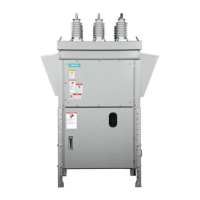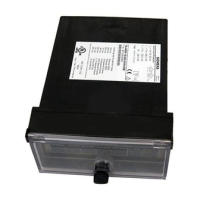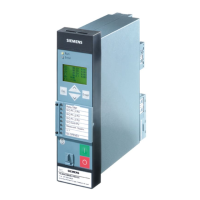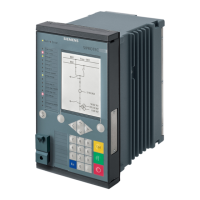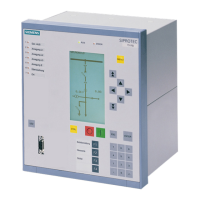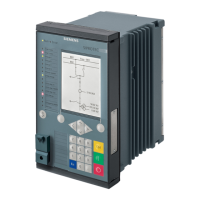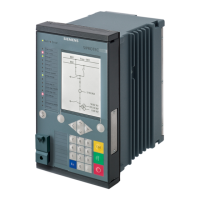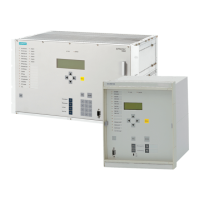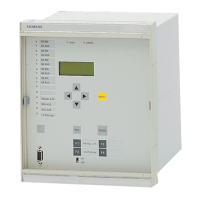Methods of implementing selectivity using circuit breakers
3.4 Time selectivity
Selectivity for 3VA molded case circuit breakers
26 Configuration Manual, 08/2016, A5E03603181010-01
3.4.1 Circuit breaker parameters
The following parameters are important for time selectivity:
● Settings of the short-time delay S release (I
sd
)
● Delay time of the short-time delay S release (t
sd
)
The parameters of the L release (I
r
and t
r
) remain unchanged from the fictitious example
given in chapter "Selectivity in the overl
oad zone (Page 15)".
The 100 A circuit breaker S3.3 need not trip with a time delay relative to another downstream
circuit breaker. It is thus not necessary to use an S release or to set its parameters.
The 100 A circuit breaker S3.3 is tripped via the instantaneous I release in the event of a
short-circuit current:
● Setting of I release (I
i
) of 100 A circuit breaker = 500 A
● Delay time of I release (not adjustable) = 30 ms
The upstream 250 A circuit breaker is tripped via the short-time delay S release in the event
of a short-circuit current:
● Setting of I release (I
sd
) of 250 A circuit breaker = 2500 A
● Delay time of S release (I
sd
) of 250 A circuit breaker = 100 ms
In other words, the 250 A circuit breaker trips when the current is in the range between
I
sd
= 2500 A and I
i
= 5000 A and persists for the time period t
sd
= 100 ms. If the current
exceeds 5000 A within 100 ms, the instantaneous I release trips the circuit breaker.
The effects are clearly illustrated in the current-time curve diagram, see below.
Note
Note the tolerance ranges
The tolerances of the operating currents and the delay times must be taken into account
when the parameters are set:
• Tolerances of operating currents (I
r
, I
sd
, I
i
): ± 10 %
• Tolerances of delay times (t
r
, t
sd
): ± 10 %.

